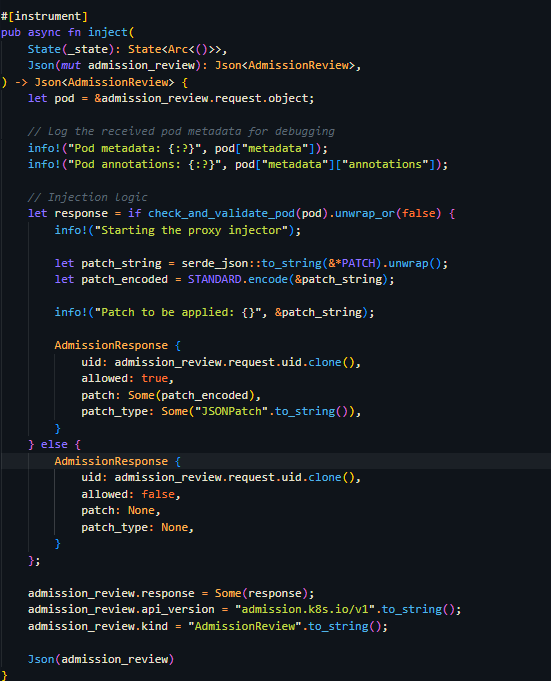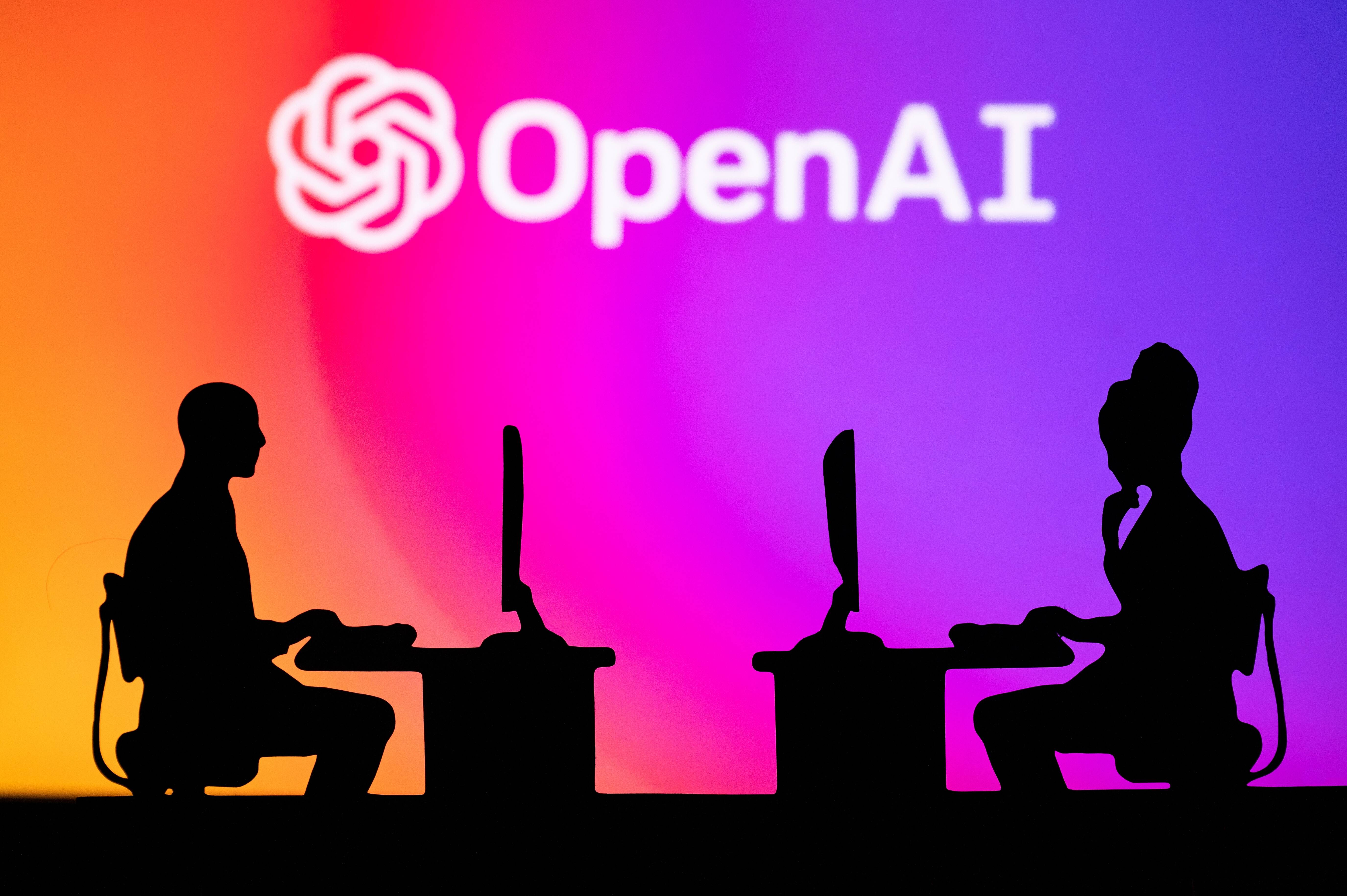Embedding a Self-Updating Machine Learning Model in a Static Site
Machine learning typically means servers, GPUs, and Python scripts running in the cloud — but what if you could ship a self-updating ML model directly inside a static website? This post shows how to embed a tiny TensorFlow.js model into a static frontend, and use background fetches to update it over time — no backend needed. Use Cases Offline-friendly personalization (e.g., recommender tweaks) Client-side anomaly detection or scoring Privacy-preserving inference at the edge Step 1: Train and Convert Your Model Use TensorFlow to train a model locally, then convert it with: tensorflowjs_converter \ --input_format=tf_saved_model \ ./saved_model \ ./web_model This generates files like model.json and binary weight shards. Step 2: Embed the Model in Your Static Site Add the files to your build output and use TensorFlow.js to load them: let model; async function loadModel() { model = await tf.loadLayersModel('/web_model/model.json'); } loadModel(); Step 3: Add Update Mechanism via Fetch You can periodically check for new models and swap them in live: async function updateModelIfAvailable() { const response = await fetch('/web_model/model.json', { cache: "no-cache" }); const newModel = await tf.loadLayersModel(tf.io.browserHTTPRequest('/web_model/model.json')); model = newModel; // hot-swap } setInterval(updateModelIfAvailable, 86400000); // every 24h Step 4: Run Predictions Client-Side Once the model is loaded, run predictions like this: const input = tf.tensor2d([[0.1, 0.2, 0.3]]); const prediction = model.predict(input); prediction.print(); Pros and Cons ✅ Pros No server or cloud infrastructure required Offline-ready and CDN-cacheable Improves over time with passive updates ⚠️ Cons Model size must be small for web delivery Security concerns with hot-swapped logic No GPU acceleration on low-end clients

Machine learning typically means servers, GPUs, and Python scripts running in the cloud — but what if you could ship a self-updating ML model directly inside a static website? This post shows how to embed a tiny TensorFlow.js model into a static frontend, and use background fetches to update it over time — no backend needed.
Use Cases
- Offline-friendly personalization (e.g., recommender tweaks)
- Client-side anomaly detection or scoring
- Privacy-preserving inference at the edge
Step 1: Train and Convert Your Model
Use TensorFlow to train a model locally, then convert it with:
tensorflowjs_converter \
--input_format=tf_saved_model \
./saved_model \
./web_modelThis generates files like model.json and binary weight shards.
Step 2: Embed the Model in Your Static Site
Add the files to your build output and use TensorFlow.js to load them:
Step 3: Add Update Mechanism via Fetch
You can periodically check for new models and swap them in live:
async function updateModelIfAvailable() {
const response = await fetch('/web_model/model.json', {
cache: "no-cache"
});
const newModel = await tf.loadLayersModel(tf.io.browserHTTPRequest('/web_model/model.json'));
model = newModel; // hot-swap
}
setInterval(updateModelIfAvailable, 86400000); // every 24h
Step 4: Run Predictions Client-Side
Once the model is loaded, run predictions like this:
const input = tf.tensor2d([[0.1, 0.2, 0.3]]);
const prediction = model.predict(input);
prediction.print();Pros and Cons
✅ Pros
- No server or cloud infrastructure required
- Offline-ready and CDN-cacheable
- Improves over time with passive updates
⚠️ Cons
- Model size must be small for web delivery
- Security concerns with hot-swapped logic
- No GPU acceleration on low-end clients










































































































































































![[The AI Show Episode 144]: ChatGPT’s New Memory, Shopify CEO’s Leaked “AI First” Memo, Google Cloud Next Releases, o3 and o4-mini Coming Soon & Llama 4’s Rocky Launch](https://www.marketingaiinstitute.com/hubfs/ep%20144%20cover.png)
























































































































































![Is This Programming Paradigm New? [closed]](https://miro.medium.com/v2/resize:fit:1200/format:webp/1*nKR2930riHA4VC7dLwIuxA.gif)

























































































-Classic-Nintendo-GameCube-games-are-coming-to-Nintendo-Switch-2!-00-00-13.png?width=1920&height=1920&fit=bounds&quality=70&format=jpg&auto=webp#)














































































































































![M4 MacBook Air Drops to New All-Time Low of $912 [Deal]](https://www.iclarified.com/images/news/97108/97108/97108-640.jpg)
![New iPhone 17 Dummy Models Surface in Black and White [Images]](https://www.iclarified.com/images/news/97106/97106/97106-640.jpg)





































































































































